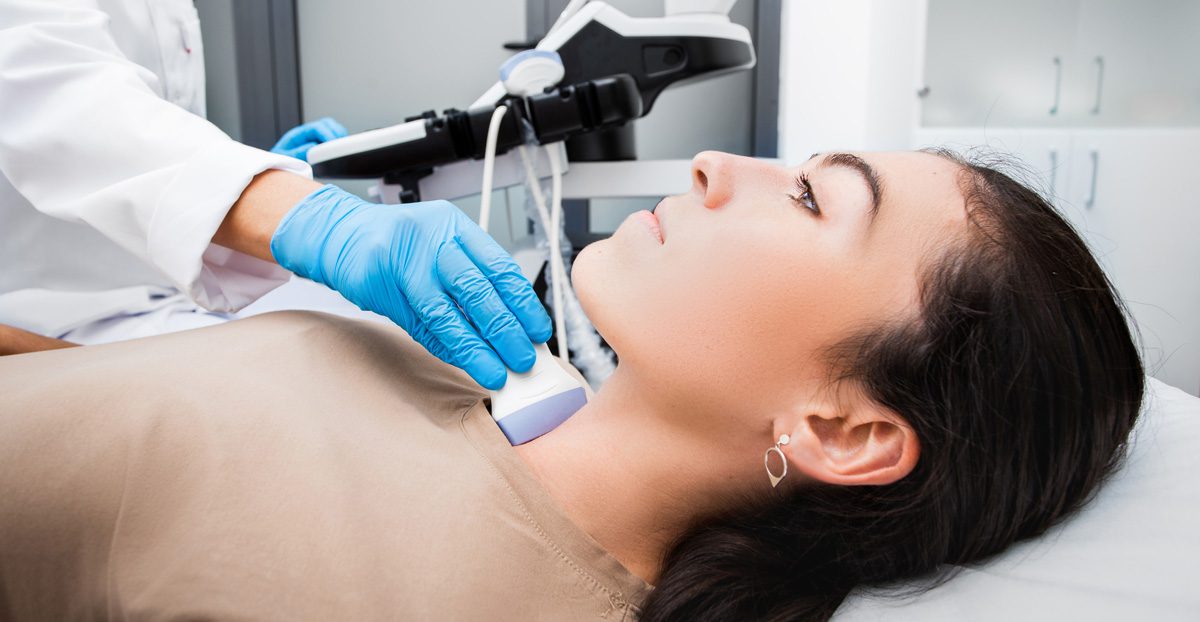

The thyroid gland, a butterfly-shaped organ located at the base of the neck, plays an essential role in the body by producing hormones that regulate metabolic processes. Thyroid tumors can cause a range of symptoms, requiring diagnosis and treatment.
What Are Thyroid Tumors?
Thyroid tumors arise from the cells within the thyroid gland. These tumors can be benign (non-cancerous) or malignant (cancerous). Thyroid cancer, though relatively rare compared to other cancers, has seen a steady increase in diagnosis over recent years.
The most common types of thyroid cancers include:
- Papillary Thyroid Cancer: This is the most prevalent form, constituting about 80% of all thyroid cancers. It grows very slowly but can spread to lymph nodes.
- Follicular Thyroid Cancer: Making up roughly 10% of all thyroid cancers, this type can spread to nearby tissues and organs.
- Medullary Thyroid Cancer: Originating from cells that produce the hormone calcitonin, this form of cancer can be hereditary and can spread to lymph nodes, lungs, or liver.
- Anaplastic Thyroid Cancer: A rare form, it’s also the most aggressive and can spread quickly to other parts of the body.

Symptoms of Thyroid Tumors
While many thyroid tumors are asymptomatic in their early stages, certain signs might lead to medical assessment.
- A lump or swelling in the neck.
- Voice changes, including increased hoarseness.
- Difficulty swallowing or breathing.
- Pain in the front of the neck.
- Persistent cough not associated with a cold.
Causes and Risk Factors
While the exact cause of thyroid tumors remains elusive, the following risk factors have been identified.
- Gender and Age: Women are more likely to develop thyroid cancer, and while it can occur at any age, most cases are diagnosed in people between 20 and 55.
- Exposure to high levels of radiation: Especially during childhood.
- Certain hereditary conditions: Including familial medullary thyroid cancer or multiple endocrine neoplasia.
- Deficient or excessive iodine in the diet.
Diagnosis and Treatment
Early diagnosis is crucial for the successful treatment of thyroid tumors. Diagnostic measures include:
- Physical Examination: Checking for lumps or abnormalities in the thyroid region.
- Blood Tests: To gauge the functioning of the thyroid gland.
- Ultrasound Imaging: To provide detailed images of the size and texture of nodules within the thyroid.
- Fine-Needle Aspiration Biopsy: Using a thin needle to extract tissue samples from the thyroid, which are then examined under a microscope for cancerous cells.
Treatment modalities depend on the type, size, and stage of the tumor:
- Surgery: The most common treatment for malignant tumors, surgery involves removing part or all of the thyroid.
- Radioactive Iodine: Post-surgery, this treatment can be used to destroy any leftover cancerous cells and treat thyroid cancer that has spread to other body parts.
- Thyroid Hormone Therapy: After surgical removal of the thyroid, patients often require thyroid hormone replacement. Additionally, this therapy can also prevent any remaining cancer cells from growing.
- External Radiation Therapy: The use of high-energy beams to target cancer cells.
- Chemotherapy: The use of drugs to kill cancer cells or stop them from dividing.
- Targeted Drug Therapy: Newer therapies that target specific abnormalities in cancer cells.
